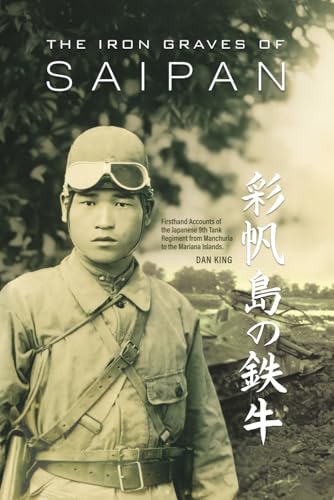
Japanese Tanks 1939–45
by Steven J. Zaloga
Popularity
4.81 / 5
* A book's popularity is determined by how it compares to all other books on this website.
Where to buy?
Buy from Amazon* If you buy this book through the link above, we may receive a small commission at no extra cost to you.
Japanese Tanks 1939–45 by Steven J. Zaloga
Details
War:
World War II
Perspective:
Tanks
True Story:
Yes
Biography:
No
Region:
Asia
Published Date:
2007
ISBN13:
9781846030918
Description
Main Themes and Topics
Japanese Tanks 1939–45 by Steven J. Zaloga throws light on a lesser-known aspect of World War II history: the deployment and evolution of Japanese tanks. While popular belief often overlooks Japanese armor in favor of their naval counterparts, this book elaborates on the critical roles that tanks played in several key military campaigns across the Pacific theater. From the conquests of Singapore and Malaya to their involvement in battles in Burma, Saipan, the Philippines, and the significant amphibious assault on Corregidor, Zaloga offers a comprehensive explanation of how these armored vehicles were crucial to the Japanese military strategy despite facing numerous developmental challenges. The book also discusses the remarkable ingenuity in using these tanks in diverse and challenging terrains.
Writing Style and Tone
Zaloga's writing is factual and informative, making it accessible to both historians and general readers interested in military history. His authoritative tone is complemented by a clear, concise style that makes complex military strategies understandable. The inclusion of extensive photographs and artwork serves not just as visual aids but enhances the narrative, allowing readers to visualize and grasp the intricacies of tank designs and their deployment in different settings. This blend of text and visual elements gives readers a well-rounded understanding of the subject matter.
Brief Summary
Steven J. Zaloga's Japanese Tanks 1939–45 challenges the common narrative that underestimates the role of Japanese armored vehicles in World War II. It begins by providing the historical context of Japan's military strategy and moves into detailed discussions about the development and use of tanks in various notable campaigns. By highlighting their unexpected utility in diverse combat landscapes, the book unveils the strategic importance of these vehicles amidst the broader spectrum of war priorities. With its rich illustrative content, the book serves as both a detailed historical account and a visual treat for readers.









